Staying connected in the fight against climate change
Network operators and policymakers must proactively work together to develop a response strategy
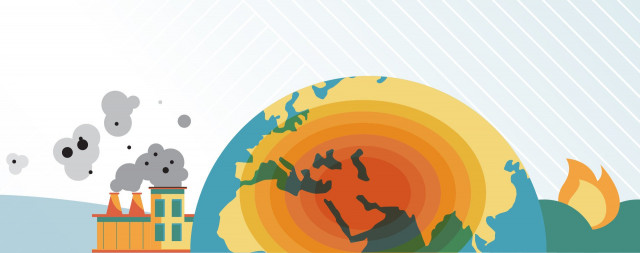
Concrete buildings fell into fast-flowing waters as bridges connecting 75+ years of history crumbled into overflowing rivers. At least eight million people have been left displaced and homeless. This is only the beginning of the aftermath of extreme rainfalls that have crippled life in at least one-third of Pakistan since the beginning of the monsoon season in June. The disaster has killed more than 1,300 people and injured 12,500 others. But, of course, this is not the end of the environmental crisis.
In addition to the unimaginable damage to human lives, the enormous natural disaster has swept away an estimated two million acres of crops and the lives of 800,000 livestock and is further expected to aggravate the nation’s food insecurity. According to the government, the damage from the devastation is set to hit $10 billion.
The agriculture industry stakeholders need to be informed about expected disasters to prepare them for the threats that will affect their livelihoods. That is the purpose of early warning systems in global agriculture that notify farmers of the scale and the type of potential hazards and the appropriate responses in times of distress. It’s the essential information that saves lives and the well-being of entire economies.
Natural disasters affect around 350 million people worldwide yearly and result in billions of dollars in damage, according to estimates by the United Nations. These have significantly increased since the birth of the global mobile industry in the early 1970s. This situation will likely worsen with the intensifying effects of climate change, especially in Pakistan.
At the same time, however, people are increasingly connected through mobile technology, making it a lifeline for individuals, rescuers and humanitarian organisations during natural disasters.
Mobile Network Operators (MNO) around the world have comprehensive procedures in place for disastrous situations. In Japan, for example, two major network operators monitor their base station sites to take steps to restore towers as soon as issues arise. They are equipped to make some changes remotely, but in times of extreme damage, they must coordinate with regional offices for restoration efforts.
“Smart” in the Philippines is enabled to receive weather prediction updates with a five to seven-day warning system, allowing the company to reposition and repair materials to best face the upcoming storm. In addition, weather prediction technology, satellite communication equipment and strategic human resource deployment allow Smart to make efficient damage and risk assessments and act in time to avoid communication blackouts.
Considering the complex nature of disaster and rescue situations in Pakistan, network operators and policymakers must proactively work together to develop a response strategy that aids the former in keeping everyone connected. Operators have the tools and infrastructure necessary to feed into national disaster response mechanisms, and with the right frameworks in place, the national disaster response can significantly improve.
In such unprecedented times of disaster, network operators should also come together to share resources and information to handle the situation better. It’s not just during a disaster that mobile communication provides a lifeline, but also immediately afterwards as people scramble to gain information and communicate with their loved ones.
Despite contributing little to the deteriorating climate landscape, Pakistan continues to bear the brunt of global warming; its effects are more likely to materialise in this part of the world. Our country ranks top ten on the list of countries most vulnerable to climate change, and the floods offered just one example of the level of vulnerability people all over Pakistan have to deal with.
The telecom industry burns around 80 million litres of diesel annually due to a shortfall in grid supply. A single mobile network, like ours, alone cannot claim to be single-handedly taking on climate change by working on adopting sustainable energy solutions that enable us to produce and conserve clean energy by deploying solar solutions. As a result, almost 33% of our sites are now equipped with Lithium-ion technology, and we plan to upgrade 550 sites annually for the next two years. Similarly, 17% of our built sites have already been converted to primarily rely on renewable energy. And we urge other mobile networks to follow suit and join hands with us in this fight against climate change.
While Pakistan is no stranger to flooding, the current situation has no comparison to anything before, and the nation needs help in alleviating the disproportionate effects of climate change its people face today. It is time all the stakeholders come together to play their role in executing and enforcing policies that can create a difference and maybe, just maybe, help avert another climate disaster.
The author is the CEO Telenor Pakistan, Chairman Telenor Microfinance Bank and former president of Overseas Investors Chamber of Commerce and Industry. He tweets about tech developments, industry trends, digital innovation and upcoming technologies @IrfanWahabKhan

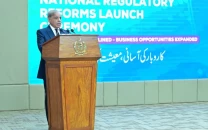
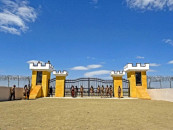
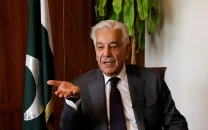

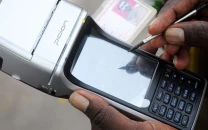
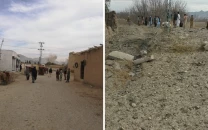











COMMENTS
Comments are moderated and generally will be posted if they are on-topic and not abusive.
For more information, please see our Comments FAQ